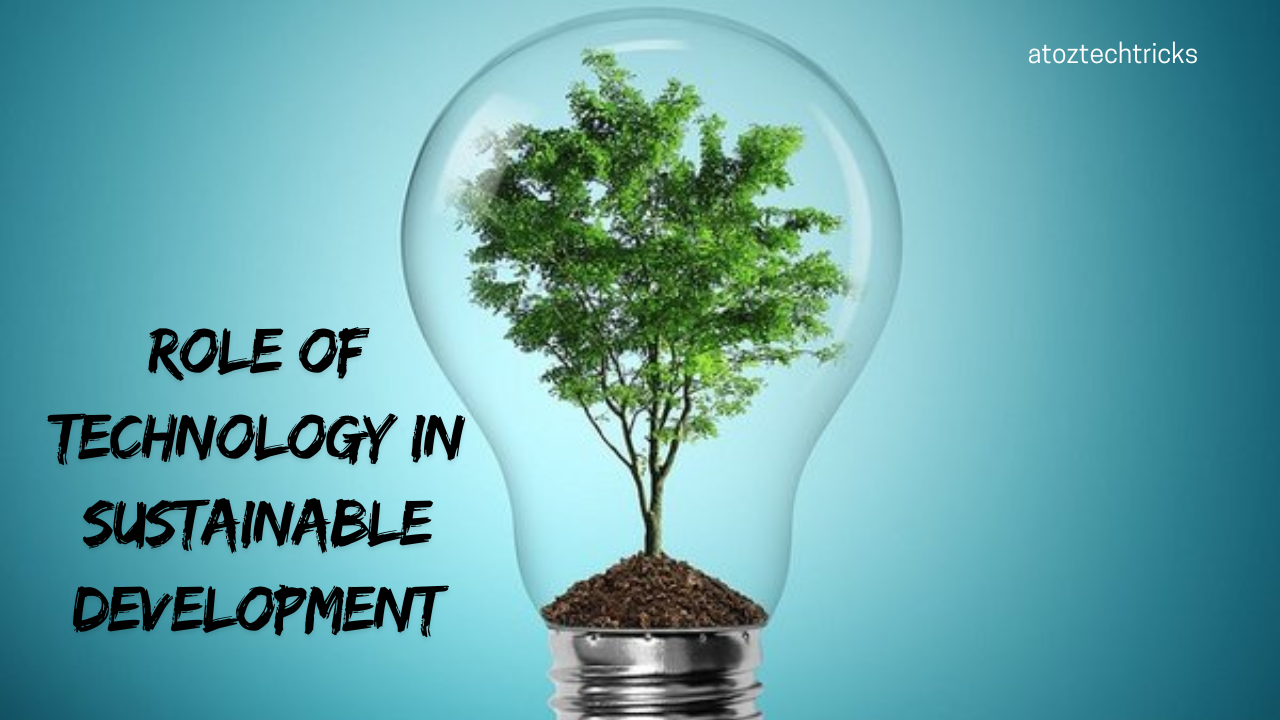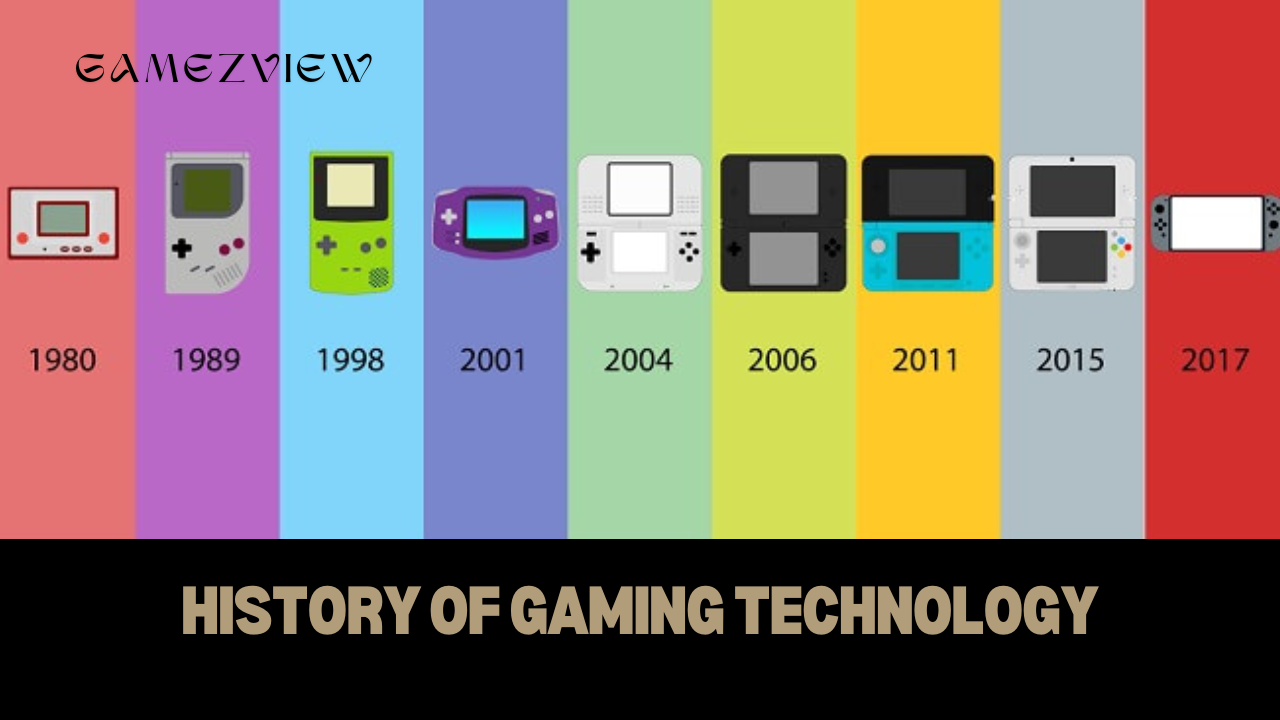Sustainable development, an approach to growth that seeks to meet the needs of the present without compromising the ability of future generations to meet their own needs, relies heavily on innovative technological solutions. As the global community faces challenges such as climate change, resource depletion, and social inequality, technology offers promising tools and strategies to address these issues. This comprehensive examination explores how technology contributes to sustainable development across various sectors, including energy, agriculture, water management, transportation, and urban planning.
1. Technology and Renewable Energy
One of the most critical areas where technology supports sustainable development is in the energy sector. The transition from fossil fuels to renewable energy sources is essential for reducing greenhouse gas emissions and combating climate change.
1.1 Solar Power
Solar energy has seen significant technological advancements, making it more accessible and efficient. Photovoltaic (PV) cells, which convert sunlight into electricity, have become more efficient and less expensive over the past decades. Innovations such as thin-film solar cells, which are lighter and more flexible, and bifacial panels, which capture sunlight on both sides, have expanded the potential applications of solar energy.
1.2 Wind Power
Wind energy technology has also progressed, with larger and more efficient wind turbines being developed. Offshore wind farms, which harness stronger and more consistent winds, are becoming a major source of renewable energy. Advances in turbine design, materials, and control systems have improved the efficiency and reduced the cost of wind power.
1.3 Energy Storage
Energy storage technologies, such as batteries, play a crucial role in managing the intermittency of renewable energy sources. Developments in battery technology, including lithium-ion and solid-state batteries, have enhanced storage capacity, efficiency, and safety. These improvements are vital for ensuring a stable and reliable energy supply.
How Tech Giants are Shaping the Future of Artificial Intelligence
2. Agriculture and Food Security
Technology is transforming agriculture, making it more sustainable and efficient. Innovations in this sector are crucial for feeding a growing global population while minimizing environmental impacts.
2.1 Precision Agriculture
Precision agriculture uses technology such as GPS, sensors, and data analytics to optimize farming practices. By providing detailed information about soil conditions, crop health, and weather patterns, farmers can make informed decisions about irrigation, fertilization, and pest control. This approach reduces resource use and increases crop yields.
2.2 Genetic Engineering
Genetic engineering has led to the development of genetically modified (GM) crops that are more resistant to pests, diseases, and environmental stresses. These crops can lead to higher yields and reduced need for chemical inputs, contributing to more sustainable agricultural practices.
2.3 Vertical Farming
Vertical farming involves growing crops in stacked layers or vertical columns, often in urban environments. This method reduces the need for large tracts of land and can minimize transportation costs and greenhouse gas emissions associated with traditional farming. Advances in hydroponics and aeroponics, which use nutrient-rich water or mist to grow plants, are central to this approach.

3. Water Management
Water scarcity is a pressing issue in many parts of the world, and technology plays a key role in managing and conserving this vital resource.
3.1 Smart Water Systems
Smart water systems use sensors, data analytics, and automation to monitor and manage water distribution networks. These systems can detect leaks, predict water demand, and optimize the use of water resources. By improving the efficiency of water delivery and reducing waste, smart water systems contribute to sustainable water management.
3.2 Desalination Technology
Desalination technology, which removes salt and other impurities from seawater to produce fresh water, has advanced significantly. Reverse osmosis and other desalination techniques have become more energy-efficient and cost-effective, making them viable options for addressing water scarcity in arid regions.
3.3 Water Recycling
Water recycling technologies, such as wastewater treatment and greywater reuse, help reduce the demand for freshwater by reclaiming and reusing water. Innovations in filtration and treatment processes have improved the safety and quality of recycled water, making it suitable for a variety of applications.
4. Transportation and Urban Planning
Transportation and urban planning are critical areas where technology can drive sustainable development by reducing emissions and improving resource efficiency.
4.1 Electric and Autonomous Vehicles
Electric vehicles (EVs) offer a cleaner alternative to traditional gasoline-powered cars, reducing air pollution and greenhouse gas emissions. Advances in battery technology, charging infrastructure, and vehicle design have accelerated the adoption of EVs. Autonomous vehicles, which use sensors and AI to navigate roads, have the potential to improve traffic flow and reduce accidents.
4.2 Smart Transportation Systems
Smart transportation systems use technology to optimize traffic management, reduce congestion, and enhance public transit. Intelligent transportation systems (ITS) employ real-time data, GPS, and communication technologies to improve the efficiency of transportation networks. These systems can reduce travel times, lower emissions, and enhance the overall sustainability of urban transportation.
4.3 Sustainable Urban Design
Technology plays a role in creating sustainable urban environments through smart building systems, green infrastructure, and energy-efficient design. Smart buildings use sensors and automation to optimize energy use, while green infrastructure, such as green roofs and urban parks, helps manage stormwater and improve air quality.
Exploring the Potential of Virtual Reality (VR) in Education
5. Climate Change Mitigation and Adaptation
Addressing climate change requires both mitigation and adaptation strategies, and technology is essential in both areas.
5.1 Climate Modeling and Prediction
Climate modelling and prediction technologies use advanced algorithms and data from satellites and other sources to forecast climate changes and assess their impacts. These models help inform policy decisions and guide adaptation strategies by providing insights into future climate scenarios.
5.2 Carbon Capture and Storage
Carbon capture and storage (CCS) technologies capture carbon dioxide emissions from industrial processes and power plants and store them underground or use them in other applications. CCS is a key technology for reducing greenhouse gas emissions and mitigating climate change.
5.3 Climate-Smart Agriculture
Climate-smart agriculture integrates technologies and practices that enhance productivity while adapting to climate change. This approach includes practices such as conservation tillage, cover cropping, and agroforestry, which help build soil health, increase resilience to climate variability, and reduce greenhouse gas emissions.
6. Technology and Social Impact
Technology not only addresses environmental challenges but also has the potential to improve social outcomes by enhancing access to education, healthcare, and economic opportunities.
6.1 Education Technology
Educational technology (EdTech) provides innovative tools and platforms for learning and teaching. Online courses, educational apps, and interactive digital content make education more accessible and inclusive. These technologies can bridge educational gaps, especially in underserved areas.
6.2 Telemedicine
Telemedicine uses digital communication technologies to provide healthcare services remotely. This approach improves access to medical care, especially in remote or underserved regions. Telemedicine can reduce healthcare costs, improve patient outcomes, and increase the efficiency of healthcare delivery.
6.3 Economic Empowerment
Technology can drive economic empowerment by providing new opportunities for entrepreneurship, job creation, and financial inclusion. Digital platforms and mobile technologies enable individuals to start businesses, access financial services, and participate in the global economy.

7. Challenges and Considerations
While technology offers significant benefits for sustainable development, several challenges must be addressed.
7.1 Digital Divide
The digital divide, or the gap between those who have access to technology and those who do not, can exacerbate existing inequalities. Ensuring equitable access to technology and addressing infrastructure gaps are crucial for maximizing the benefits of technological innovations.
7.2 Environmental Impact
Some technologies, such as rare earth minerals used in batteries and electronics, have their environmental impacts. It is essential to consider the entire lifecycle of technologies and implement sustainable practices in their production and disposal.
7.3 Ethical and Privacy Concerns
As technology advances, issues related to privacy, security, and ethical use become increasingly important. Ensuring that technologies are developed and used responsibly is essential for maintaining public trust and achieving sustainable outcomes.
Technology plays a transformative role in advancing sustainable development by addressing environmental challenges, improving resource efficiency, and enhancing social outcomes. From renewable energy and precision agriculture to smart water systems and climate adaptation, technological innovations offer promising solutions to some of the world’s most pressing issues. However, addressing challenges such as the digital divide, environmental impact, and ethical considerations is crucial for ensuring that technology contributes positively to sustainable development. By leveraging technology thoughtfully and responsibly, we can work towards a more sustainable and equitable future for all.




